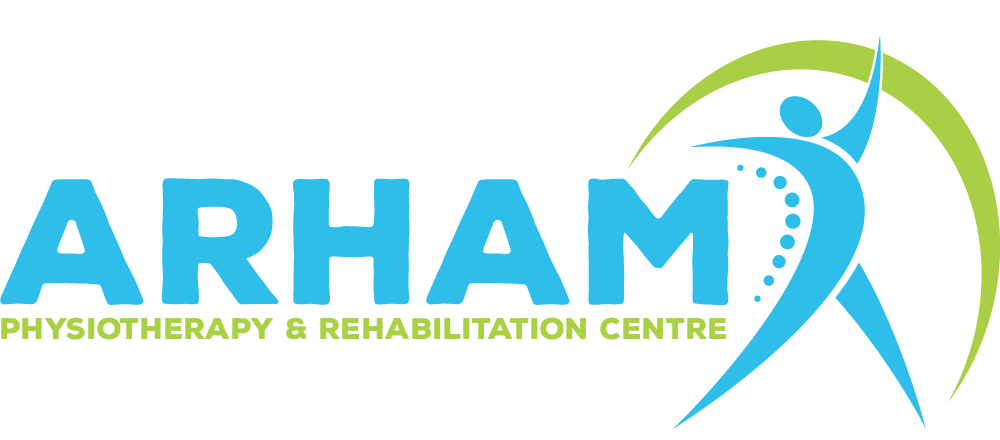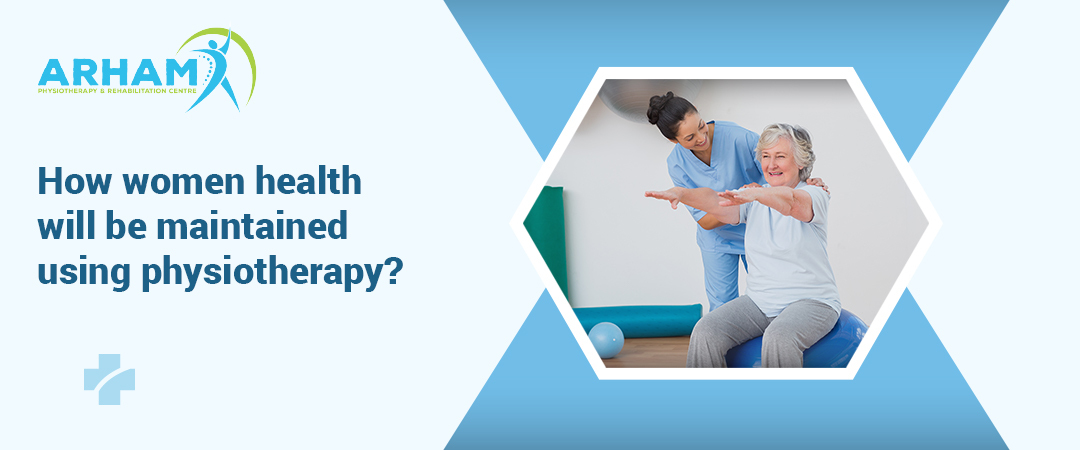How Women Health Will Be Maintained Using Physiotherapy?
Compared to earlier generations, modern women are more capable and self-sufficient. They have reinterpreted gender roles, demanded more power and independence for themselves, and fully realized their potential. However, their health is frequently overlooked while they struggle for equality and carve out a niche for themselves. Here are a few advantages of a physiotherapist for some of the major health problems that women experience.
From young athletes to childbearing mothers to elderly women in menopause, a basic evaluation and planned fitness program by a therapist are frequent enough to avoid these health problems in women from across life span.
Women’s Wellness The term “physiotherapy” refers to a non-surgical therapeutic approach tailored to the numerous health issues that impact women. To assist patients in resuming their regular physical activities during therapy, equipment and exercises that have been carefully devised are used.
Premenstrual syndrome: Before providing a variety of management choices and recommendations, a physiotherapist evaluates the physical effects PMS has on your body in addition to the risk factors that may influence and worsen them. Treatment options include kinesiotaping, electrotherapy, relaxation point stimulation, and manual therapy to ease tension and any associated symptoms, such as migraines and constipation. Teaching relaxation methods and giving guidance on consciousness and self-care is a crucial component of the treatment.
Endometriosis: If a patient with endometriosis experiences musculoskeletal impairments, physical therapy techniques may prove to be a crucial treatment choice both prior to and following laparoscopic surgery. Myofascial manual therapy, stretching and mobility exercises, trigger point release, spinal mobilizations, neuron glides, relaxation techniques, and behavioural changes are all examples of effective physical therapy treatments. Endometriosis: Patients with musculoskeletal problems may benefit from pre- and post-laparoscopic physical therapy. Myofascial therapeutic massage, pelvic floor lengthening, trigger point releases, stretching, flexibility, spine mobilizations, nerve gliding, relaxation exercises, and behavioural adjustments are effective physical therapy treatments.
Polycystic ovarian syndrome: Physiotherapists can create a personalized workout program to minimize estrogen storage in adipose tissue, insulin levels, and carbohydrate intake.
Heart diseases: By treating all the causes of heart disease, physical therapy can prevent and decrease its effects. This may involve smoking cessation, weight management, and cholesterol-lowering activity. Heart attack and heart disease survivors can participate in cardiac rehabilitation programs.
Osteoporosis: Post-menopausal women were at risk. Physical treatment prevents bone loss and fractures. Osteoporotic bones need bone-strengthening workouts. Weight-bearing, flexibility, postural, and balancing exercises are also part of workouts.
Obesity prevention and management:
Exercise is hindered by obesity. Physiotherapy revolves around mobility and exercise. Obese patients may receive tailored lifestyle guidance, prescription, monitoring, and progression of suitable physical exercise to develop muscle strength, mobility, and stamina, sustain energy output, and promote and keep losing weight under safe & regulated conditions.
Depression: Exercise helps mild to mild mood disorders like anxiety and depression. Aerobic exercise releases endorphins that reduce pain and boost mood. Endorphins reduce depression-related cortisol levels. Exercise also enhances serotonin sensitivity, like antidepressants, keeping more serotonin in the neural synapse. Aerobic or resistive exercise benefits many patients.
Urinary Incontinence (Overactive Bladder): The inability to regulate urine flow. Injury, pregnancy, surgery, or inactivity weaken the pelvic floor muscles, causing urine leakage. Physiotherapy includes diet changes to prevent bladder irritation, pelvic muscle exercises to strengthen it, and methods to lessen urine urgency and frequency.
Physical therapy can treat pregnancy-related symptoms, including the lower back, pelvic, rib, and thoracic discomfort, headache, neck discomfort and stiffness, pelvic floor muscular weakness, leg cramps, weaker stomach muscles and bladder, and wrist and hand pain or numbness.
To prevent health complications, sometimes all you require is the correct assessment. Your condition determines diagnosis and therapy. Understanding your symptoms and also how they effect your everyday life is important for treatment.


Pingback: How Pain Relief Physiotherapy Can Help You Recover Faster
Pingback: How to Choose the Right Knee Pain Physiotherapy Clinic for You
Pingback: 13 Things to Know For Knee Pain Physiotherapy - Arham Physio
Pingback: Understand The Pain Relief Physiotherapy Before You Regret